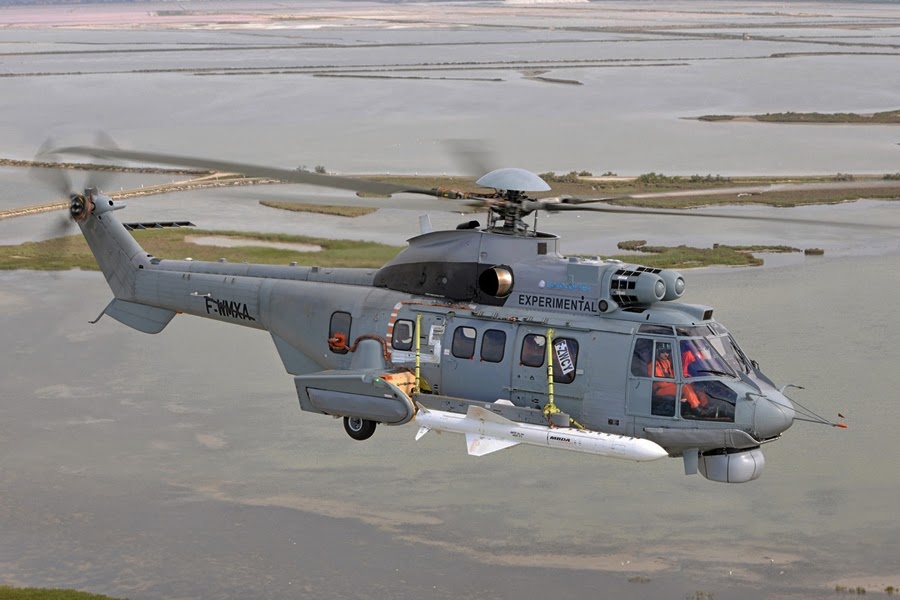13 Juni 2014
Kapal auxililiary Bunga Mas 5 (photo : Tarbatness)
KUALA LUMPUR - Kapal auxiliary Tentera Laut Diraja Malaysia (TLDM), Bunga Mas 5 (BM 5) boleh dipertimbangkan untuk dijadikan platform Sea Basing di Kawasan Keselamatan Pantai Timur Sabah (Esscom).
Panglima Tentera Laut, Laksamana Tan Sri Abdul Aziz Jaafar berkata, ini kerana keupayaan BM 5 yang boleh bergerak secara efektif dan mudah dikendalikan serta dapat menempatkan aset-aset angkatan tentera laut sebagai cegah lintang.
"Selain itu terdapat helikopter di atas BM 5 yang akan bertindak sebagai force multiply, jarak kawal lebih meluas, pengawasan dan pemintasan yang lebih pantas," katanya ketika ditemui pemberita selepas menerima kunjungan Komander Armada Amerika Syarikat (AS), Laksamana Harry B. Harris Jr. di sini hari ini.
Beliau bagaimanapun bersetuju dengan keputusan kerajaan untuk menjadikan pelantar minyak yang tidak digunakan sebagai platform pengawasan.
"Dalam jangka masa panjang, saya bersetuju dengan cadangan penempatan pelantar minyak itu," katanya.
Abdul Aziz berkata, pelantar minyak itu kelak akan mempunyai kemudahan bot-bot pemintas dan mempunyai keupayaan staf pengawasan.
Menteri Pertahanan, Datuk Seri Hishammuddin Tun Hussein sebelum ini berkata, sistem Sea-Basing merupakan penempatan aset ketenteraan di tengah lautan, berkeupayaan memudahkan bantuan keselamatan disalurkan dengan lebih cepat di perairan khususnya di Sabah.
Syarikat cari gali minyak negara, Petronas sebelum ini juga telah memberi komitmen bagi menyediakan pelantar berhubung cadangan pelaksanaan sistem tersebut.
Sementara itu, Abdul Aziz berkata, kunjungan Harry ke Malaysia adalah untuk mengukuhkan lagi hubungan bilateral antara Tentera Laut AS dan TLDM.
Selain bertukar-tukar pandangan dan maklumat berkaitan isu keselamatan serantau, turut dibincangkan adalah isu ketenteraan maritim melibatkan kedua-dua angkatan laut tersebut.
(Utusan)
Kapal auxililiary Bunga Mas 5 (photo : Tarbatness)
KUALA LUMPUR - Kapal auxiliary Tentera Laut Diraja Malaysia (TLDM), Bunga Mas 5 (BM 5) boleh dipertimbangkan untuk dijadikan platform Sea Basing di Kawasan Keselamatan Pantai Timur Sabah (Esscom).
Panglima Tentera Laut, Laksamana Tan Sri Abdul Aziz Jaafar berkata, ini kerana keupayaan BM 5 yang boleh bergerak secara efektif dan mudah dikendalikan serta dapat menempatkan aset-aset angkatan tentera laut sebagai cegah lintang.
"Selain itu terdapat helikopter di atas BM 5 yang akan bertindak sebagai force multiply, jarak kawal lebih meluas, pengawasan dan pemintasan yang lebih pantas," katanya ketika ditemui pemberita selepas menerima kunjungan Komander Armada Amerika Syarikat (AS), Laksamana Harry B. Harris Jr. di sini hari ini.
Beliau bagaimanapun bersetuju dengan keputusan kerajaan untuk menjadikan pelantar minyak yang tidak digunakan sebagai platform pengawasan.
"Dalam jangka masa panjang, saya bersetuju dengan cadangan penempatan pelantar minyak itu," katanya.
Abdul Aziz berkata, pelantar minyak itu kelak akan mempunyai kemudahan bot-bot pemintas dan mempunyai keupayaan staf pengawasan.
Menteri Pertahanan, Datuk Seri Hishammuddin Tun Hussein sebelum ini berkata, sistem Sea-Basing merupakan penempatan aset ketenteraan di tengah lautan, berkeupayaan memudahkan bantuan keselamatan disalurkan dengan lebih cepat di perairan khususnya di Sabah.
Syarikat cari gali minyak negara, Petronas sebelum ini juga telah memberi komitmen bagi menyediakan pelantar berhubung cadangan pelaksanaan sistem tersebut.
Sementara itu, Abdul Aziz berkata, kunjungan Harry ke Malaysia adalah untuk mengukuhkan lagi hubungan bilateral antara Tentera Laut AS dan TLDM.
Selain bertukar-tukar pandangan dan maklumat berkaitan isu keselamatan serantau, turut dibincangkan adalah isu ketenteraan maritim melibatkan kedua-dua angkatan laut tersebut.
(Utusan)











.jpg)













